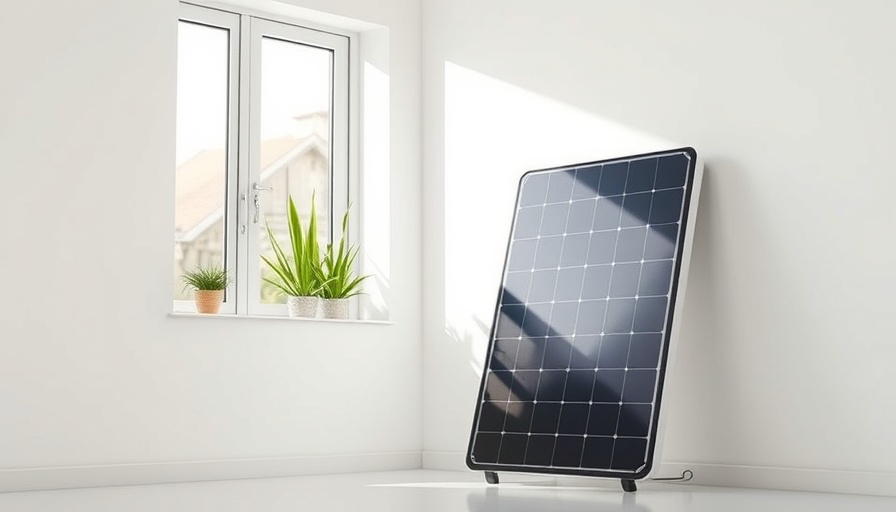
The Lifespan of Residential Solar Batteries: What You Need to Know
As more homeowners embrace solar energy systems, a pivotal concern arises: how long do residential solar batteries last? With increasing technological advancements, understanding the longevity of these batteries is crucial for potential solar adopters. Recent studies, including a SunPower survey, revealed that approximately 70% of Americans considering solar installations want to include energy storage systems. This demand indicates a growing awareness of the dual benefits of these batteries—providing backup power during outages and optimizing the energy flow from solar panels.
Understanding Operational Lifespan and Warranty Insights
Typically, manufacturers offer warranties that span around 10 years, with products such as the Enphase IQ Battery lasting either 10 years or 7,300 cycles, whichever occurs first. This warranty period often reflects the expected lifespan. However, the actual lifespan can fluctuate based on several factors, including charge cycles and operational practices. According to Sunrun, the general consensus estimates a battery's life between 5-15 years, indicating that homeowners may need a replacement during the 20-30 year lifespan of their solar panels.
Factors Influencing Battery Life: Usage and Environmental Conditions
A substantial aspect of battery longevity ties back to usage cycles. The degradation of batteries often stems from two primary scenarios: overcharging and trickle charging. Overcharging can lead to overheating, even risking battery failure, while trickle charging continuously maintains the battery's maximum charge, leading to inefficiencies and reduced capacity over time. Similarly, environmental conditions like excessive heat can expedite this degradation, whereas cold temperatures typically hinder performance but do not shorten battery life.
Shifting Attitudes Toward Energy Self-Sufficiency
Interestingly, the evolving landscape of energy consumption is prompting a shift towards self-sufficiency. A notable increase—from less than 20% in 2022 to nearly 40% in 2023—has emerged in consumer interest for energy storage systems, largely motivated by lower net metering rates that discourage the export of locally generated clean energy. This trend suggests that more homeowners are actively looking to become energy contributors, transforming the market dynamics for solar power and battery storage.
The Future of Energy Storage: Trends and Predictions
Looking forward, the trajectory for energy storage systems remains promising. With advancements in battery technology and decreasing installation costs, the affordability and accessibility of residential solar batteries will likely continue to improve. Moreover, as consumers show greater concern for energy resilience amidst frequent outages, energy storage systems may evolve beyond just being a comfort product to an essential component of residential energy management.
In conclusion, understanding the factors contributing to the lifespan of residential solar batteries empowers consumers to make informed decisions as they transition toward sustainable energy solutions. As awareness and interest in eco-friendly power grow, embracing solar energy isn’t just a technological shift; it also signals a broader commitment to sustainable living. For those considering solar systems, knowledge is power—literally.
 Add Row
Add Row  Add
Add 




Write A Comment